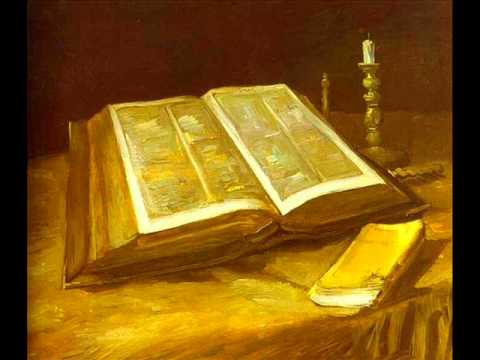To View the Outline, Click Here
To View the PowerPoint, Click Here
- THE SECOND EPISTLE OF JOHN:
This epistle is very similar to the third epistle of John. They were personal short letters to
friends, which were preserved for the church.
Undoubtedly written on the standard papyrus sheet of that day, each of them would have been
one page in length. Both of these short letters were written about the same time and almost
certainly were written in Ephesus.
The purpose of this second epistle was to worn against heresy and having fellowship with false
teachers. At this particular time in the history of the church, there were many itinerant
preachers. These men traveled from church to church living at the expense of the local
congregations. Many times they were false teachers who sought to undermine the foundation
doctrines. It was against these false teachers that John warned.
- THE ELDER:
The author of this epistle called himself “the elder.” Certainly he was none other than the
Apostle John who wrote the gospel, the epistles of John and the book of Revelation.
Elders were church officials who were ordained to minister within a local congregation. The
term is not used with this meaning here. The word does not refer to an official but rather to the
meaning of the term in the natural sense. The word “elder” here could be translated “the
ancient” or “the aged.” It is from his position of age and experience that John wrote this epistle.
Here we have John, an aged saint, one of the last of the first century Christians. He was one of
the last disciples of Christ in the flesh and therein lay his authority to speak.
- THE ELECT LADY:
John addressed this letter to the “elect lady and her children.”
Bible scholars have never been able to settle regarding the identity of this elect lady. There are
two interpretations, either one of which may be correct. Both of these are given here although
the writer believes that the second one is probably correct.
- A LOCAL CHURCH NEAR EPHESUS:
It is concluded that the elect lady is a church for she is loved by all that have known the
truth. This would hardly be true if she were an individual. Also she is addressed in this
epistle in the plural.
If she is a church, then her children would be the Christians who worship in the local
assembly.



